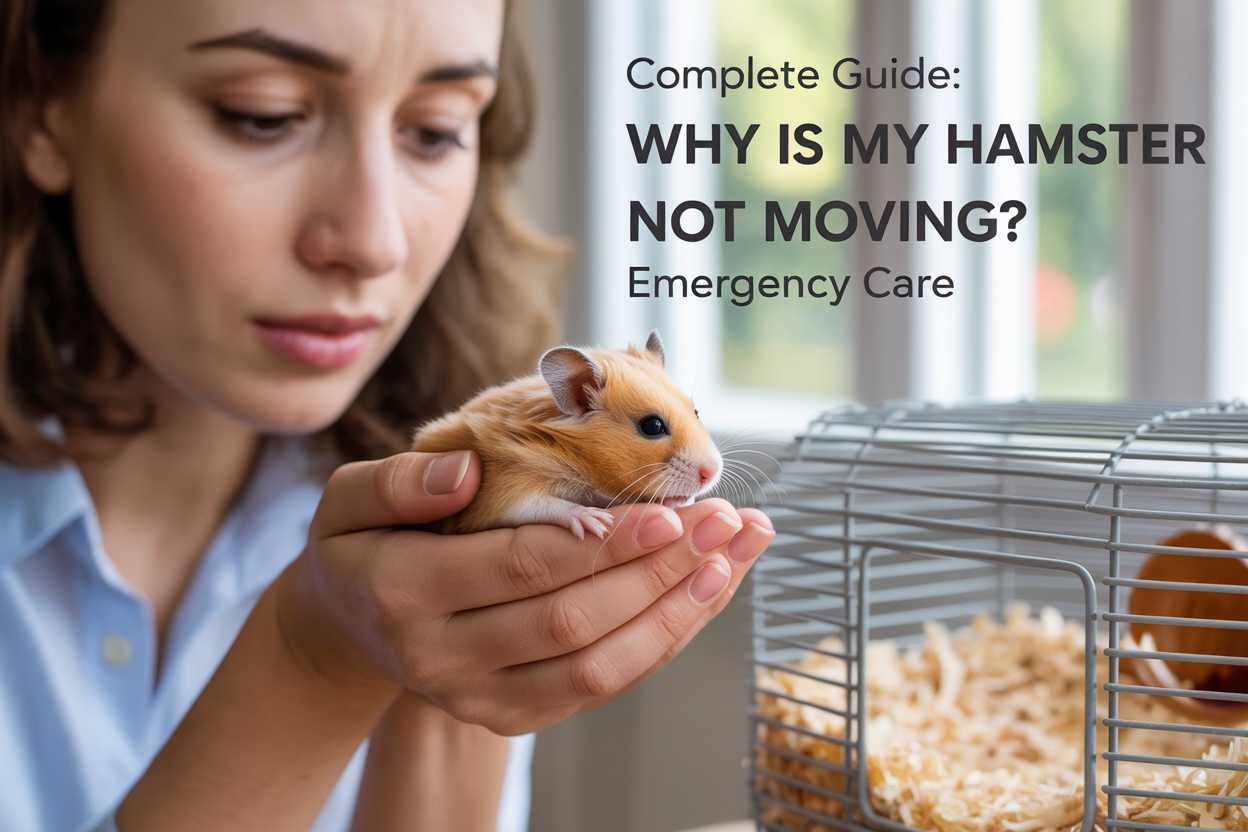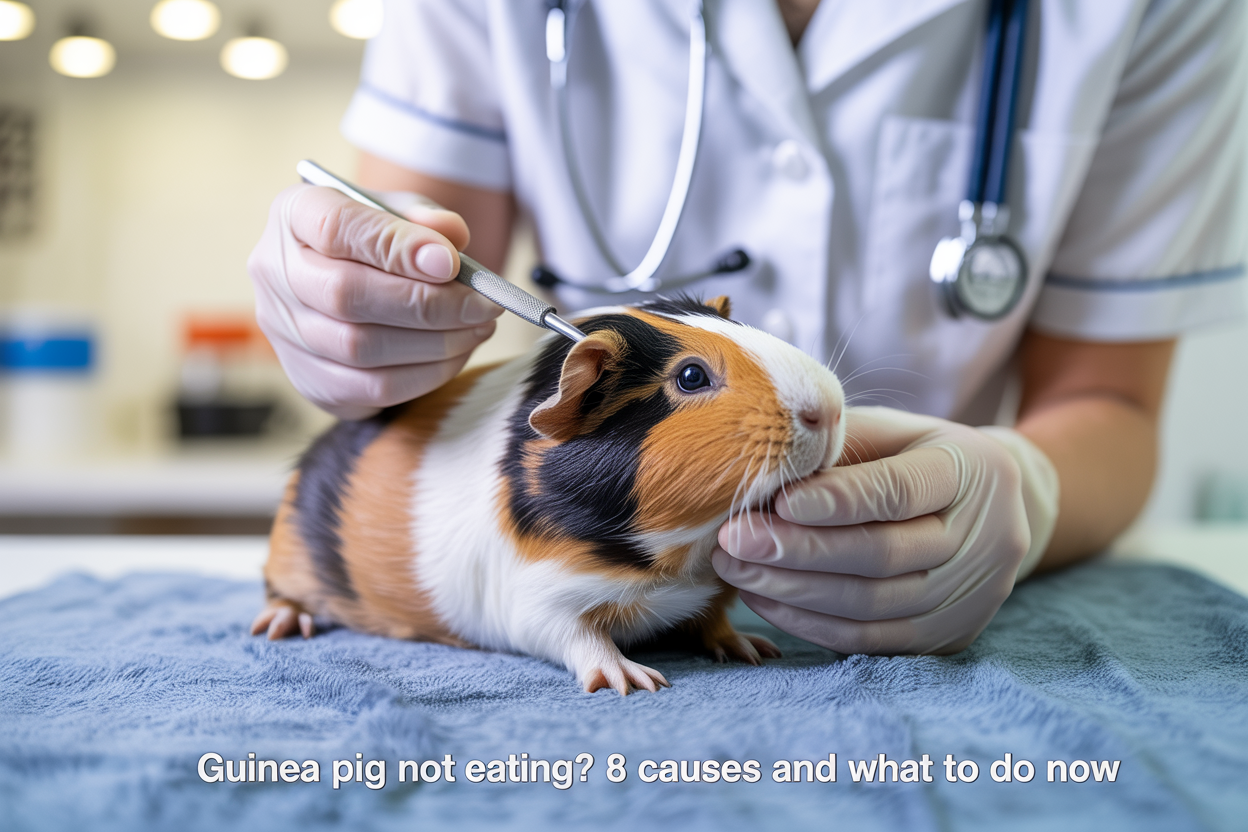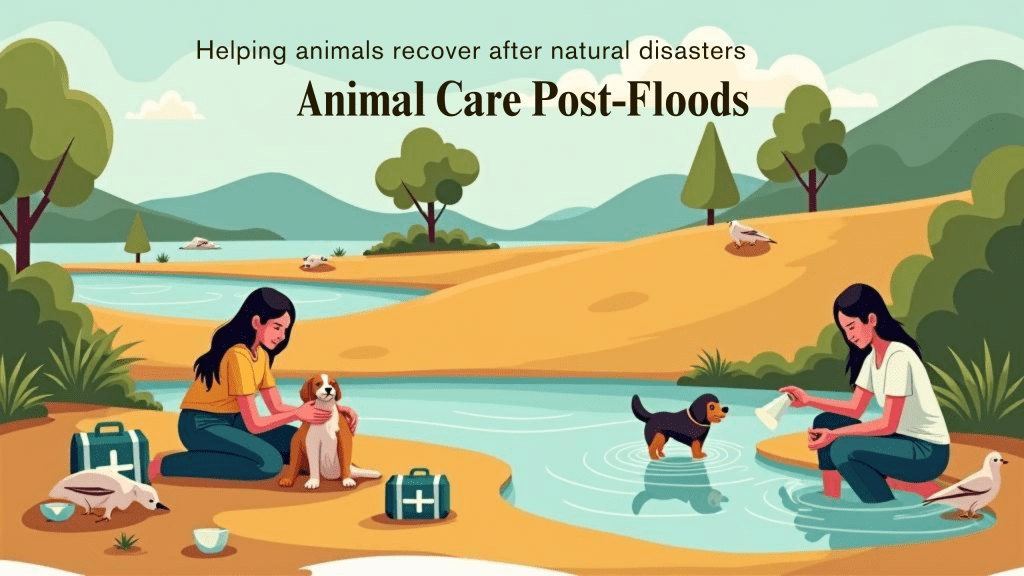Pet Parents Feeding Raw Diets Often Ignore These Risks * All Natural Pet Care

Raw feeding (sometimes referred to as a BARF diet) is a growing trend among pet parents who want to provide a more natural diet for their cats and dogs. The idea is simple, feed pets the way their wild ancestors ate: raw meat, bones and organs, often with a few fruits and vegetables thrown in.
But while the concept may sound wholesome, the reality is far more complicated and potentially dangerous. Mounting scientific evidence shows that raw diets can pose serious health risks to both pets and the people who care for them. There are ways to reduce the risks, however, and it all comes down to awareness, knowledge and best practices.
“Dog owners feeding raw meat diet at least twice per week were less aware of the health risks of raw meat than those that did not, and exhibited lower knowledge about pathogenic hazards,” concludes the study, Conventional Cooked and Raw Dog Diets: Swiss Owners’ Risk Perception and Knowledge. “Additionally, they perceived commercial dry diets as nutritionally riskier than raw diets. Nutritional knowledge might help mitigate some, but not all, of the risks associated with incorrect feed composition.”
What Is Raw Feeding?
Raw feeding usually involves giving pets uncooked animal products, either homemade or commercially prepared.
These diets typically include:
- Raw muscle meat (sometimes still on the bone)
- Organ meats like liver or kidney
- Raw eggs
- Ground or whole bones
- Raw fruits and vegetables (primarily for dogs)
Some pet parents prepare these meals themselves, while others buy frozen or freeze-dried raw food from specialty brands. The appeal is understandable: raw diets are often marketed as “biologically appropriate” or “ancestral,” suggesting they’re better able to meet a pet’s natural needs.
But domestic pets are not wild animals, and the risks of raw feeding go far beyond what’s visible in the bowl.
Note of Caution: Always consult with your Vet before making changes to your pet’s diet.
The Science Behind the Risks: Pathogens in Raw Meat
Raw meat is a known carrier of harmful bacteria.
Two of the most concerning are:
Salmonella – This bacterium can cause severe gastrointestinal illness in both pets and humans. Pets can carry and shed Salmonella without showing symptoms, putting household members (especially children, the elderly, and immunocompromised individuals) at risk [3].
Listeria monocytogenes – Listeria can survive and multiply in refrigerated environments. It poses a serious threat to pregnant women and individuals with weakened immune systems [4].
A 2025 study published in Veterinary Microbiology found that over 50% of raw pet food samples tested positive for antimicrobial-resistant bacteria, including strains of E. coli and Salmonella [1]. These bacteria are not only dangerous—they’re also harder to treat with antibiotics.
Cross-Contamination in the Home
Even if your pet appears healthy, raw feeding can turn your kitchen into a bacterial hotspot. Contaminated surfaces, food bowls, and even your pet’s saliva can spread pathogens throughout your home. The FDA warns that simply handling raw pet food can expose you to harmful bacteria [2].
Real-World Consequences
Following are two hypothetical examples to illustrate the risk:
Case Study: Max and the Toddler
Max, a two-year-old Labrador, is fed a raw beef diet by his owner, Sarah. One day, Sarah’s toddler plays with Max’s chew toy, then eats a snack without washing her hands. Within 48 hours, the child is hospitalized with a severe Salmonella infection. Max never showed symptoms, but he was the source.
Case Study: Luna the Cat
Luna, a five-year-old indoor cat, is switched to a homemade raw chicken diet. After several months, she begins to lose weight and develop brittle fur. A vet visit reveals she’s suffering from taurine deficiency, a common issue in unbalanced feline diets. Without proper supplementation, this could lead to irreversible heart damage.
These examples highlight the dual danger of raw feeding: nutritional imbalance for pets and zoonotic risk for humans.
Veterinary and Regulatory Perspectives
Major veterinary organizations around the world have issued strong warnings against raw feeding:
- The Canadian Veterinary Medical Association (CVMA) states that raw meat-based diets “pose a risk to both animal and human health” and advises against their use [6].
- The American Veterinary Medical Association (AVMA) discourages feeding raw or undercooked animal-source protein to cats and dogs due to the risk of illness and death [7].
- The U.S. Food and Drug Administration (FDA) has conducted multiple inspections and recalls of raw pet food products contaminated with pathogens. Their stance is clear: raw diets are a public health concern [2], [5].
Nutritional Concerns
Beyond the risk of infection, raw diets often lack essential nutrients, especially when homemade.
Common issues include:
- Calcium-phosphorus imbalance: Too much meat and not enough bone can lead to skeletal problems, especially in growing puppies and kittens.
- Vitamin deficiencies: Without careful formulation, raw diets may lack vital nutrients like taurine (for cats), vitamin D, or iodine.
- Bone injuries: Bones can splinter, causing choking, broken teeth, or intestinal blockages. To reduce the risk of feeding bones, consider supplementing with ground bone instead.
A 2019 review in Veterinary Record found that over 60% of homemade raw diets were nutritionally inadequate [6].
That said, if we can learn enough about nutrition to raise a human, I’m pretty sure we can learn enough to raise a healthy pet. The emergency is a lack of awareness, or not understanding how important the knowledge is.
How to Mitigate the Risks of Raw Feeding
If you’re committed to feeding your pet a raw diet despite the risks, there are steps you can take to reduce potential harm. While no method can eliminate all dangers, the following precautions can help make raw feeding safer.
1. Work with a Veterinary Nutritionist
Raw diets must be carefully balanced to meet your pet’s nutritional needs. A board-certified veterinary nutritionist can help formulate a diet that avoids common deficiencies and imbalances.
[DISCLOSURE: We may receive compensation for links to products on this website.]
2. Choose High-Quality, Commercially Prepared Raw Foods
Opt for brands that use high-pressure processing (HPP) or pasteurization to reduce bacterial contamination. Look for products that meet AAFCO nutritional standards and have undergone third-party safety testing.
A couple of favourites are:
3. Practice Strict Hygiene
- Wash your hands thoroughly after handling raw food.
- Disinfect all surfaces, utensils, and bowls that come into contact with raw meat.
- Store raw pet food separately from human food in the refrigerator or freezer.
- Avoid feeding raw diets in households with young children, elderly individuals, or immunocompromised people.
4. Monitor Your Pet’s Health
Regular veterinary checkups are essential. Ask your vet to monitor for signs of nutritional deficiencies, gastrointestinal issues, or bacterial infections. Keep a chart of your pet’s weight, energy levels, and coat condition.
5. Educate Everyone in the Household
Make sure all family members understand the risks and hygiene protocols. Children should be taught not to touch pet food or food bowls, and to wash their hands after playing with pets.
The Choice is Yours
Raw feeding may seem like a wholesome, back-to-nature choice, but there is solid science behind the risks. From dangerous pathogens to nutritional imbalances, the risks can outweigh the perceived benefits. Surprisingly, recent studies [1] have shown caregivers who feed raw diets are less likely to be fully informed of these dangers than their non-raw-feeding peers, increasing the risk to themselves and their pets. It’s my hope that creating awareness of the dangers will help pet parents make an informed decision, as well as ensure a safe, healthy experience for those who choose to feed a raw diet.
Do you have any raw feeding safety tips? Please share them in the comments below.
References:
1. Andrea Knörr, et al. Conventional cooked and raw dog diets: Swiss owners’ risk perception and knowledge.
2. FDA. Raw Pet Food Diets can be Dangerous to You and Your Pet.
3. FDA. Get the Facts about Salmonella.
4. FDA. Get the Facts about Listeria
5. FDA. Pet Food.
6. R H Davies, et al. Raw diets for dogs and cats: a review, with particular reference to microbiological hazards
7. Canadian Veterinarians. Safety of Raw Meat-Based Pet Food Products
8. AVMA. Raw diets for dogs and cats.
Related Reading
Easy Ways to Feed a Raw Diet to Your Pets
Hunting Wild Game for Your Dog or Cat (With Instant Pot Stew Recipe)
———————————————————-
© All Natural Pet Care Blog – Content on this website may not be used elsewhere without expressed permission. Thank you for respecting the effort that we have put into our original content.
DISCLOSURE: We may receive compensation for links to products on this website. As an Amazon Associate, we earn from qualifying purchases.
DISCLAIMER: Statements on this website may not have been evaluated by the FDA, Health Canada nor any other government regulator. The information and products provided by AllNaturalPetCare.com are not intended to diagnose, treat, cure, nor prevent any disease and are intended for educational purposes only. READ MORE…








